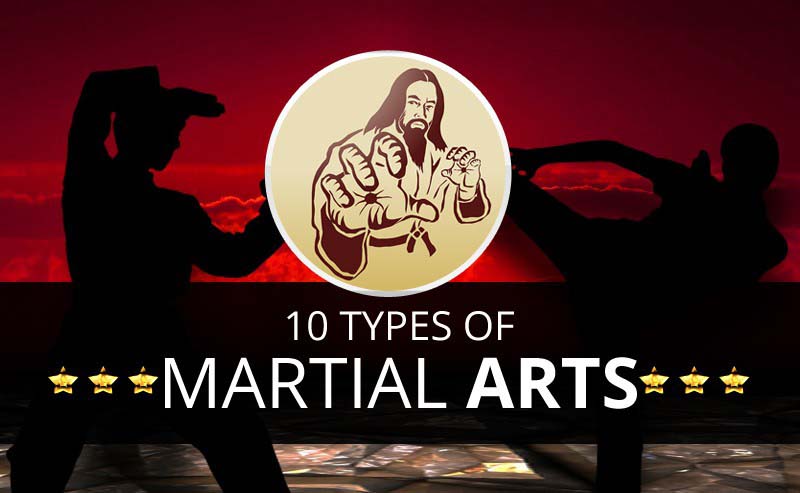A Historical Overview And Progression Of Martial Arts Around The World
A Historical Overview And Progression Of Martial Arts Around The World
Blog Article
Write-Up Writer-Kaufman TRUE
Martial arts have a fascinating history that extends centuries and continents. You could find it interesting just how old practices like Shuai Jiao and Kalaripayattu laid the groundwork for modern-day combat strategies. These disciplines not just stress physical skills yet likewise reflect the cultures that birthed them. As you explore their evolution, consider how globalization has actually changed these traditional forms right into crossbreed styles. What impacts do you assume have shaped today's martial arts landscape?
Ancient Martial arts: The Structures of Battle
As you explore the globe of ancient martial arts, you'll find the abundant foundations that shaped fight techniques across cultures. have a peek here focused on Self-Defense and survival, usually including strikes, hurting, and weaponry.
In old China, as an example, strategies like Shuai Jiao highlighted throws and joint locks, while India's Kalaripayattu showcased dexterity and liquid motion. Japanese samurai developed Kenjutsu, a polished swordsmanship that highlighted self-control and approach.
These martial arts offered not just for fight but additionally as a way of individual growth, instilling values like respect and perseverance. The blending of these methods gradually prepared for the varied martial arts you see today, each reflecting the distinct ideologies and needs of its culture.
The Social Impact on Martial Arts Development
While martial arts commonly show the functional needs of a culture, they likewise symbolize the cultural worths and beliefs of their origins. When you explore different martial arts, you'll notice just how they're influenced by faith, ideology, and social standards.
For instance, the focus on regard and self-control in Japanese martial arts stems from Zen Buddhism and samurai culture. In contrast, Brazilian Jiu-Jitsu advertises adaptability and strategy, formed by the need for effectiveness in a diverse, modern environment.
You might find that the routines, uniforms, and training techniques reflect a community's history and identification. By recognizing these cultural influences, you grow your admiration of martial arts and their function fit human experiences around the world.
Modern Adaptations and the Globalization of Martial arts
Martial arts have changed substantially in recent decades, adjusting to modern culture and worldwide impacts. You'll observe that traditional types have mixed with modern methods, developing hybrid styles like mixed martial arts. These adaptations cater to varied audiences, making martial arts obtainable and attractive globally.
With the rise of social media sites and electronic systems, you can locate tutorials and competitors from all corners of the globe, breaking geographical barriers. This globalization has actually caused a common gratitude for numerous techniques, from Brazilian Jiu-Jitsu to Taekwondo.
As you engage with these arts, you'll recognize they're not practically fight; they promote health and fitness, technique, and mental wellness.
Eventually, modern adjustments have enriched the martial arts landscape, making it a dynamic and evolving method.
Verdict
In exploring the history and evolution of martial arts, you reveal a fascinating mix of techniques, cultures, and ideologies. From old disciplines like Shuai Jiao and Kalaripayattu to the modern versatility seen in MMA, martial arts reflect humankind's quest for Self-Defense and personal development. As you involve with these practices, you not only obtain abilities but additionally a deeper gratitude for the diverse customs that form our world today. So, continue your trip and embrace the art of combat!
